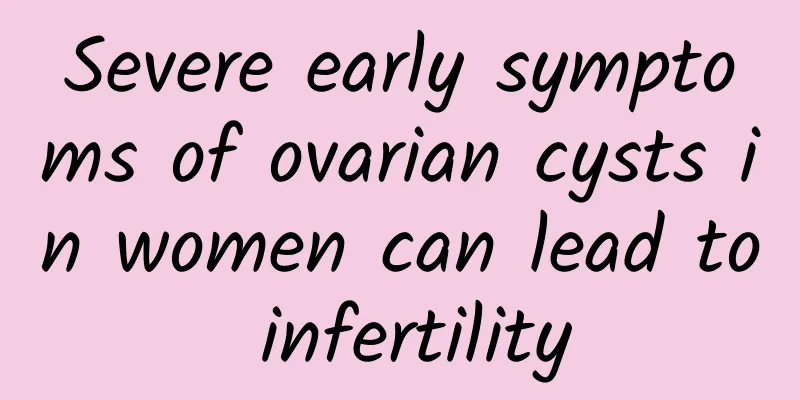Children who love sports are really smart. This is the right way to eat before and after exercise!

|
"Exercise has many benefits" and it is a lesson that not only adults but also parents who want to raise excellent children should take as a guide. Whether you want your kids to become smarter, more stress-resistant, or even become handsome or beautiful men and women in the future, exercise is definitely the only way to open a smooth road. However, no matter how good the exercise is, if there is no good nutritional support, it is like having July but no Ansheng at the Golden Horse Awards. It is always incomplete without one of the ingredients. Therefore, following the nutritional recommendations for adult athletes this week, nutritional recommendations for children are also ready to be served! (Situational picture/provided) Nutrition Tips for Child Athletes General principles of diet design: 1. Individualize and choose the food that children like to eat as the basis for recipe design. (For example, the training camps for Taiwanese athletes all have a big pot of food, but there is no individualized sports nutrition design, which really has a lot of room for improvement.) 2. The proportion of the three major nutrients: carbohydrates 45~65%, protein 10~30%, and fat 25~35%. Carbohydrates (starches, carbohydrates): Glycogen in the muscles is the easiest and fastest source of energy for the body to use.
(Situational picture/provided) Meal planning suggestions Detailed explanation 1. What should you eat before exercise?
Detailed explanation 2: Remember to eat after exercise:
Water intake Detailed explanation 3: 2 to 3 hours before exercise -
Detailed explanation 4. During exercise (within one hour):
(Situational picture/provided) Detailed explanation 5. During exercise (more than one hour):
Detailed explanation 6. After exercise: You can replenish "1.5L/kg body weight" of water to make up for the water loss caused by sweating after exercise. Detailed explanation 7. Children who are not athletes:
Micronutrients
Athletes who engage in long-term indoor sports (such as gymnastics, dancing, indoor swimming) need to pay special attention to their vitamin D intake. Recommended intake: 4 to 18 years old 600 IU/day Supplementation methods: sun exposure and foods containing vitamin D. This article comes from: Nutrition 123 <Healthy and Simple> ※For more information, please see "Nutrition 123 <Healthy and Simple>" |
<<: Can eating coconut oil help you lose weight and avoid obesity? Debunking 3 myths
Recommend
Do I need to drink soup to replenish my nutrition after an abortion? What is the remedy for catching a cold after an abortion?
Abortion is currently considered a relatively min...
Analysis: What are the symptoms of ectopic pregnancy?
Analysis: What are the symptoms of ectopic pregna...
Early symptoms of ectopic pregnancy
The initial symptoms of ectopic pregnancy include...
What is the reason for having menstruation once every two weeks? What should I do?
Menstruation once every two weeks is usually a ma...
Can I eat pears during menstruation? Can I eat pears in moderation during menstruation?
Women should pay special attention to their eatin...
Home Care for Pelvic Inflammatory Disease
Home Care for Pelvic Inflammatory Disease Pelvic ...
Dietary considerations for irregular menstruation
Irregular menstruation is one of the most common ...
Patients with vaginitis are not suitable for abortion
In life, many women suffer from vaginitis, but th...
What are the preventive measures for vaginitis?
The vagina is an important part of a woman. When ...
Don’t be a “swallow” when you sprain your ankle. Do this right away…
If you don't warm up enough when jogging in w...
Why can’t I lose weight? Nutritionist teaches you the super simple "2+1" secret
When I’m losing weight, I always hear food callin...
What are the sequelae of intrauterine adhesions after cesarean section?
Intrauterine adhesions after cesarean section may...
How do women differentiate and diagnose cervical erosion? Some common sense in diagnosing cervical erosion
Cervical erosion is a very familiar gynecological...
What are the symptoms of severe cervical erosion?
What are the symptoms of severe cervical erosion?...
Weak and old-looking female Chinese medicine practitioner: Eat bean sprouts to supplement your nutrition
Is it because bean sprouts have low nutritional v...









